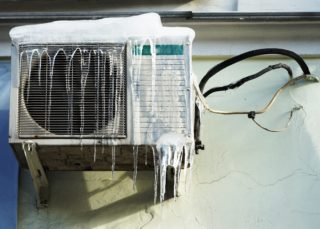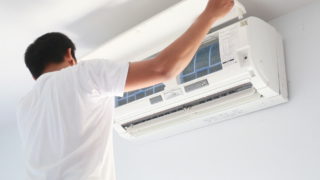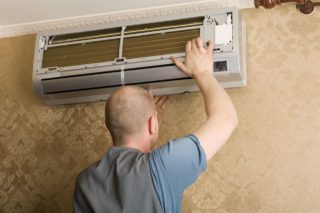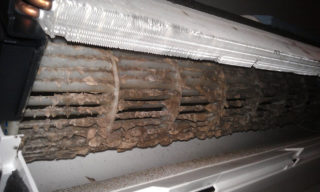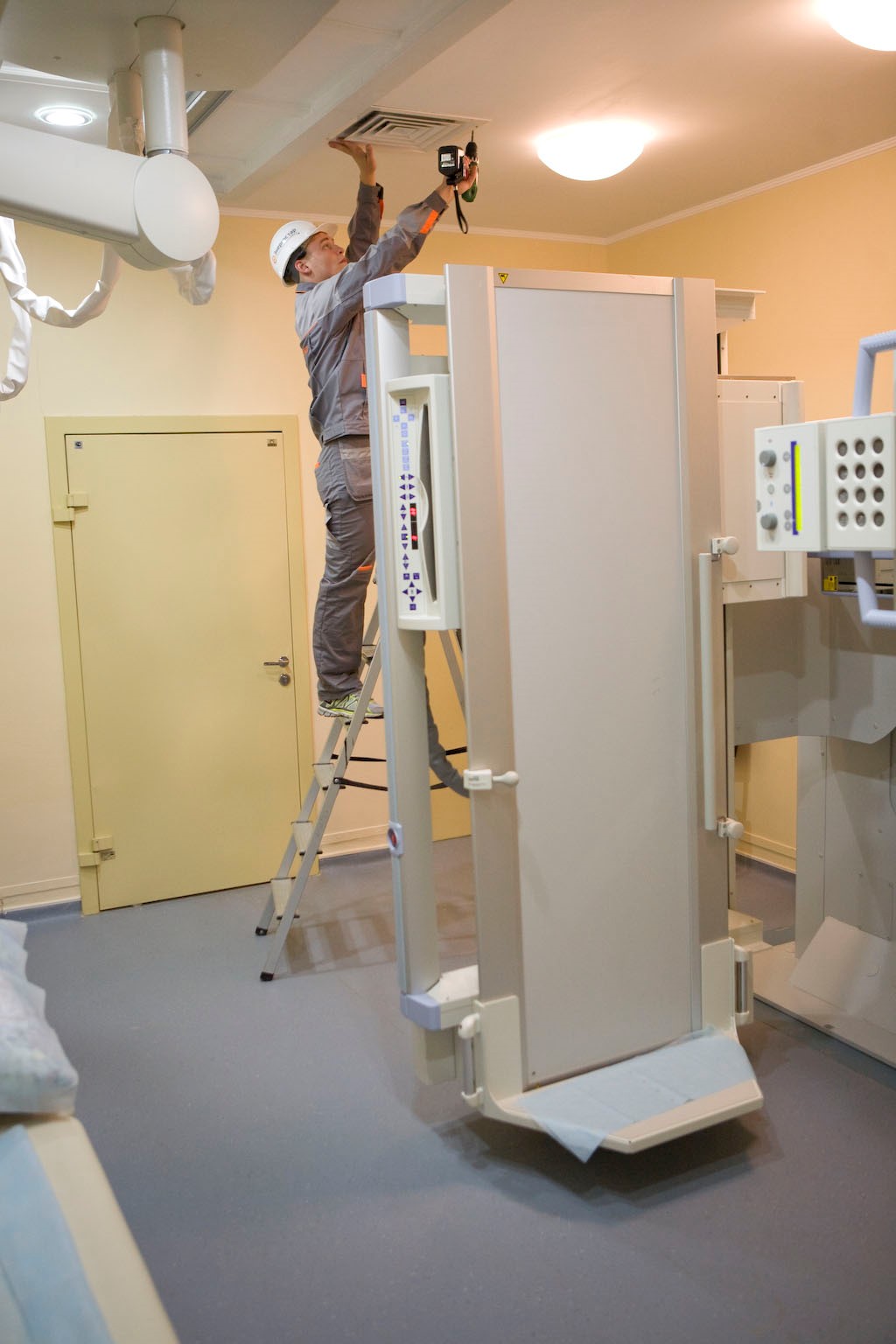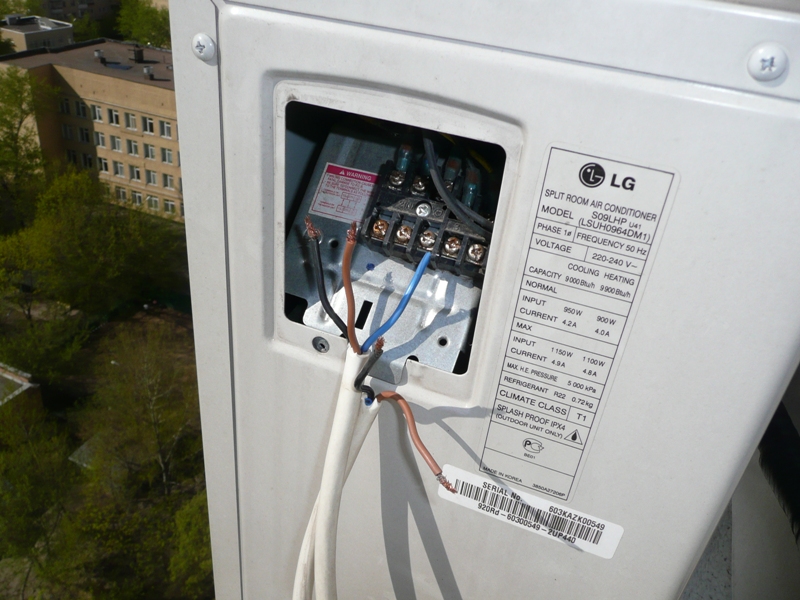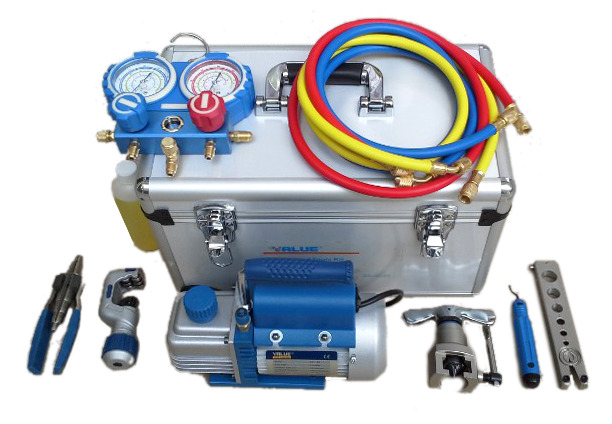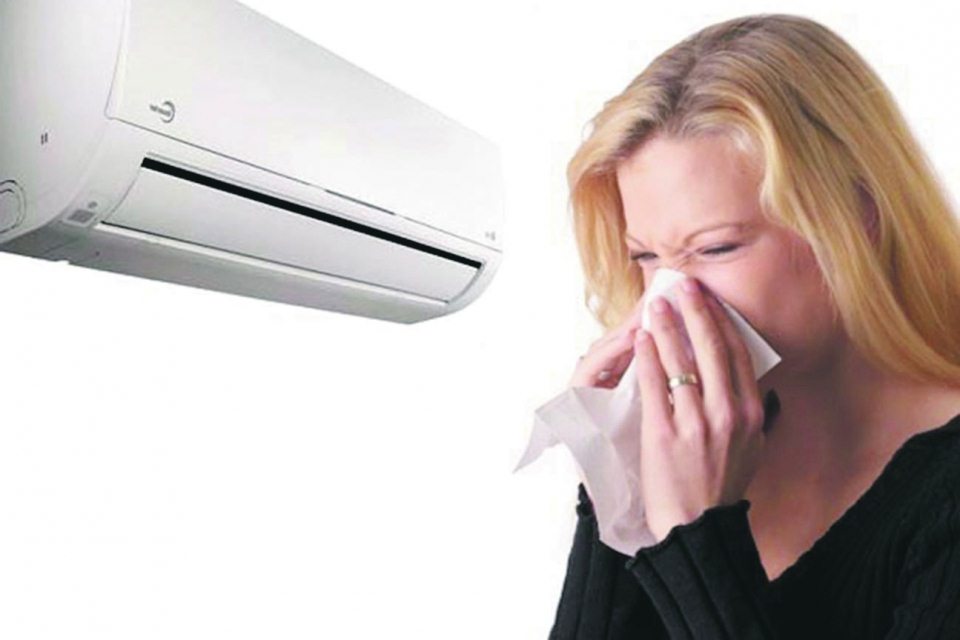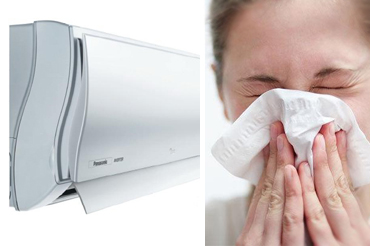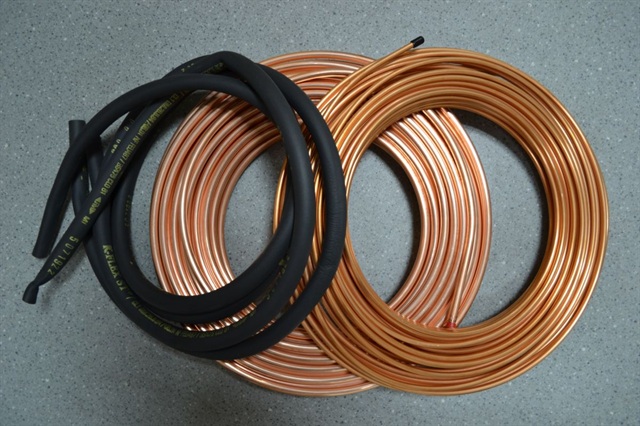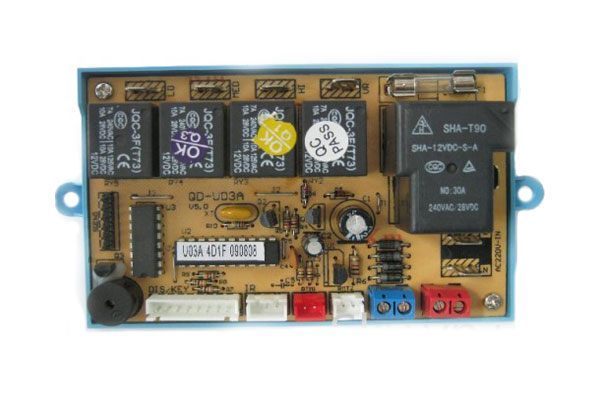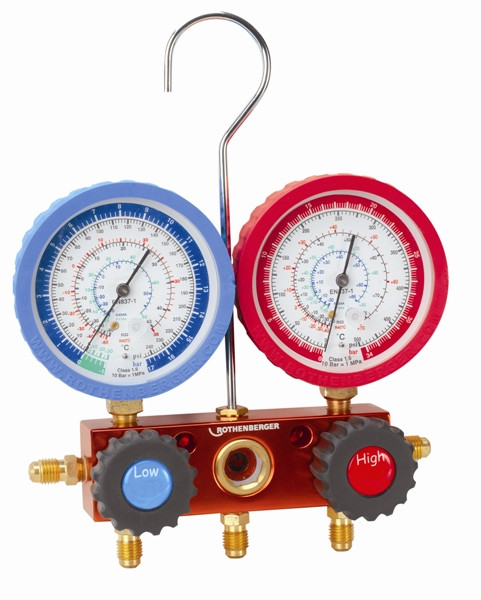Waiting for warm spring days and saying goodbye to the annoying winter, we remove the heating devices away and remember another technique that is indispensable in the summer heat. This article will focus on air conditioners. Do you know how to prepare him for the new season? How to properly wash and clean? Let's figure it out together.
Preparing to launch after winter
- The first launch can be carried out at a certain air temperature... Permissible indicators are indicated in the instructions for the air conditioner: for some models, only positive indicators are permissible, for others, the range is from 0 to -5 degrees.
- Inspect the outdoor unit... It can be damaged by precipitation (snow, hail, icicles), deformed under the influence of other external factors. Check: whether small branches, fluff, leaves and other debris have fallen into the fan blades - it can be carried by a strong wind through the protective grill. Remove all obstacles that prevent normal air circulation around it.
- Rinse all parts (both inside and outside) with soapy water. To clean the indoor unit, a compressor with compressed air will be needed - it copes well with the accumulation of dust and dirt in hard-to-reach places. Wipe down the grate and small parts properly.
- Inspect electrical contacts for wire breaks, breaks and other damage. But visual inspection is usually not enough and malfunctions are most often detected during the start of the air conditioner. It is best to call a specialist who will check with special devices. By the way, if you find a breakdown, you will still have to call a specialist.
- Check freon level - its leakage is a natural phenomenon (with the exception of leakage into cracks on the pipes), a feature of the connection of the indoor and outdoor units, but without refueling the equipment will work for "wear and tear", wasting electricity, and sooner or later will fail. Freon is not dangerous for humans.
- Another mandatory step is determining the pressure in the system. It is also better to entrust this to a specialist.
Be sure to unplug the appliance before cleaning so that the moving blades do not injure you.
In order for the air conditioner to survive the winter without problems, it must be "mothballed" for this time. The service personnel will pump refrigerant into the outdoor unit, block the possibility of turning on the appliance, and protect the outdoor unit from icicles.
First start recommendations
- Connect the device to the mains. The temperature in the room should not be lower than +20 degrees.
- Set the cooling mode to +18 (at maximum fan speed) and let the air conditioner run for 15-20 minutes.
- Then you can check the remote control. Start and move the "curtains", switch the speeds, change the temperature regime - the device should respond to all commands without delay: change the direction of the air stream, move, etc.
It is recommended to contact a specialist in the following cases:
- If the outdoor unit is badly damaged (for example, the case was broken by a stone blow or as a result of a block of ice falling);
- If the air is too warm;
- You hear extraneous noises, hum, tapping;
- The radiator of the outdoor unit is very dirty and you cannot clean it yourself;
- The remote control does not respond to commands, but the batteries are fresh;
- The air conditioner refuses to start.
Prevention during operation
Home air conditioners should be cleaned every 6-8 months. Devices located in office premises - every 3-4 months. Split systems installed in cafeterias and other public places - once every 30 days.
The following signs indicate contamination:
- Unpleasant odor that appears during work;
- Unstable sound, crackling;
- Leaking from the indoor module;
- Insufficient cooling.
First of all, you should check the tightness of the freon circuit: are there any irregularities due to which moisture can get inside, and is freon leaking? Tighten the fixing screws, and the fixing screws, remove the front cover and strainer. Soak the mesh in soapy water (dissolve a couple of tablespoons of soap shavings in a bowl of water) or any detergent, wipe with a stiff brush.
The radiator and heat exchanger are most often located in an indoor unit that needs to be disassembled. The service department asks for a significant amount for such work, but you can save money and do everything yourself. Remove the front cover and pull out the filters. A vacuum cleaner will help you clean the insides: remove dust and lint, moving from the top to the bottom. The evaporator plates are very fragile and easily damaged, so use a long-bristled brush to clean them. You can also use a steam cleaner. With the split system in recirculation mode, set the lowest temperature threshold and spray the antiseptic in the air intake area. Make sure that no liquid drops fall on the radiator!
The drainage system consists of 2 parts: a sump in which excess liquid accumulates, and a tube for water drainage. Over time, both there and there fungus and mold appear, an unpleasant odor begins to drip from the device. The pallet is disconnected from the outlet pipe and the board, and washed in running water, and the tube is blown out with a compressor or vacuum cleaner.
The heat exchanger is cleaned with a special foam or spray.
Cleaning the outdoor unit can be dangerous when the unit is high above the ground and difficult to reach. Do not risk your life, but call a specialist with special equipment.
Popular cleaning products are: DOMO, FavorCOOL, TOP House, Techpoint.
If you want your air conditioner to run as long as possible and not be a hassle, learn to care for it and operate it correctly. Read the instructions carefully, take your time to get the job done in half an hour. And if you have doubts about your abilities - call the service department. By spending money, you will save time and are guaranteed to get the desired result.

